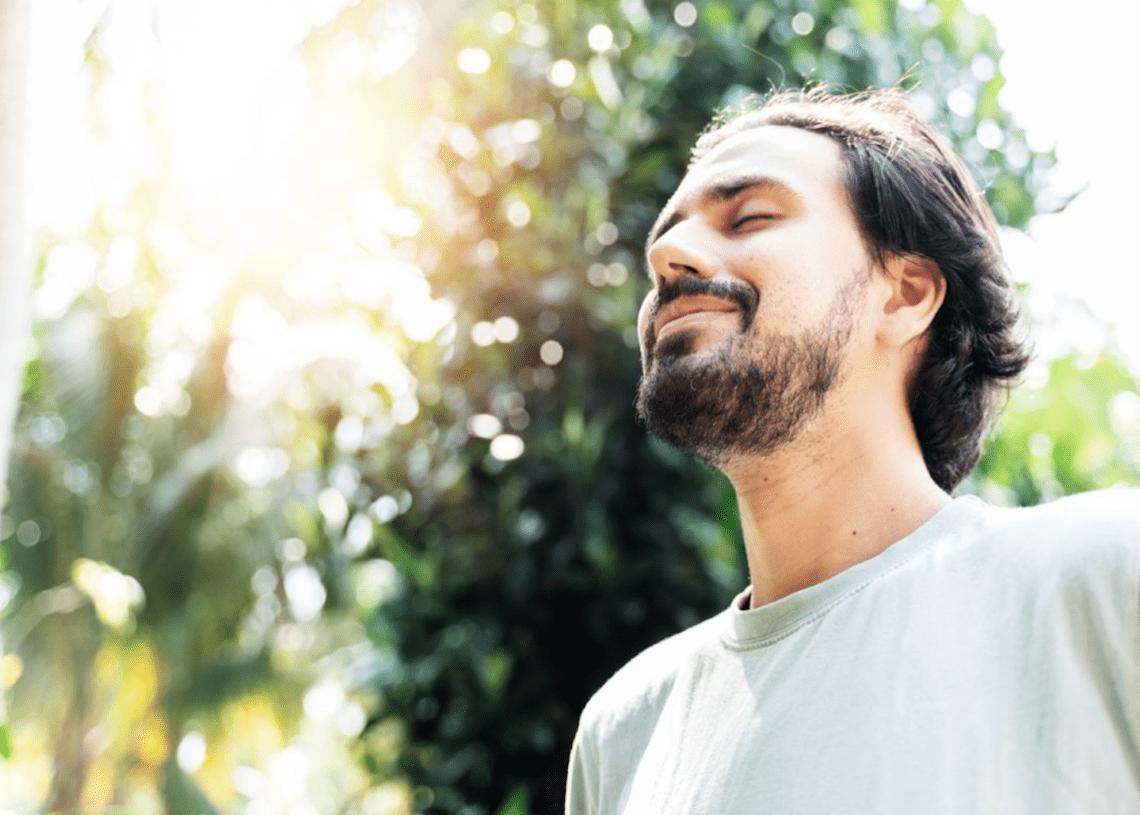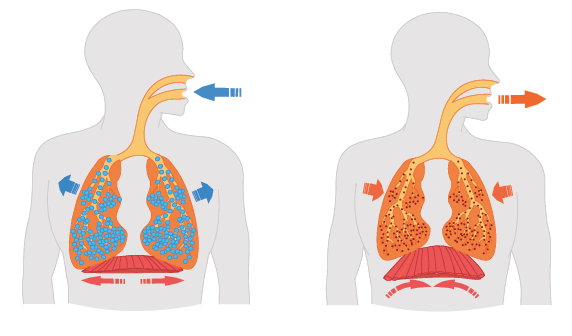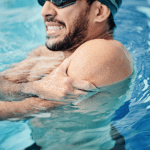
How to breathe better
Liz Lowe offers tips and simple exercises for better breathing, which can help with tiredness, tension or anxiety, and boost energy and focus
Our breath reflects our mental and physical condition and is a powerful, ever-present tool to combat tiredness, tension or anxiety and increase energy and focus.
Our posture and stress levels throughout the day impact how well we breathe. Hunching over desks, gazing down at phones, collapsing into a sofa, tight waistlines – all of these things can restrict the movement of our breathing muscles. A frustrating email can stop our breath without us even realising.
The first step towards better breathing is observation, noticing particularly what happens in stressful situations.
Observe your breath
This simple breath check-in also serves as a quick reset, whenever you need it:
• Tune into your breath – observe how it moves through the body. Are there places where it doesn’t flow smoothly?
• Count five breath cycles, mentally directing the breath to any areas of tightness. Can you release any tension, relax your shoulders or jaw?
• Repeat as desired and note any changes in how you feel.
Calm, steady breathing tells the brain we’re safe and well. If breathing becomes shallow, rapid or disrupted then settling the breath reassures our brain that we’re OK, and able to tackle any challenges.
For cold-water swimmers, breath regulation on water entry is important – regular breathing practice supports this and, in turn, developing a calm breathing response in the water can help improve our general stress response.
The breathing apparatus

As we inhale, the intercostal muscles move the rib cage up and outwards, and the diaphragm contracts, flattens and lowers. The resulting increase in volume and decrease in pressure in the lungs causes air to enter. As we exhale, the intercostals bring the rib cage back in and down, and the diaphragm relaxes and domes back up. In the lungs volume decreases and pressure increases, pushing air out. It can be helpful to visualise this process while breathing.
Tips for better breathing
Breathe through the nose where possible
Our amazing nostrils deliver air in optimal condition by filtering it and regulating the speed and temperature.
Excessive mouth breathing makes it easier to over breathe (which can result in breathlessness or light headedness) and can lead to a dry mouth and increased likelihood of sore throats, gum disease, snoring, bad breath and reduced focus or energy.
Please note, this isn’t advice on swim breathing, which has different considerations.
Breathe slow, quiet and long
Focus on slowing and lengthening the breath, without forcing the inhalation. Placing hands on the chest, belly or rib cage while trying to breathe into those areas can help develop breath awareness.
Relax the belly
Removing restriction around the abdomen allows breath to access this area freely. Abdominal breathing strengthens the diaphragm, lowers heart rate and blood pressure and promotes relaxation.
Take up yoga and pilates
Exercises to open the chest and release tension in the back, sides and neck all
support the breathing muscles.
Simple daily exercises
Practise these sitting, standing or lying down, at any time of day (except on a full stomach). Find a relaxed posture, with shoulders down, chest open.
Abdominal breathing
• Place hands on the belly to observe movement
• Inhale a long slow breath, feeling the air expanding your belly
• Exhale, feel the belly draw back in as the air is released
• Repeat 5-10 times
A calming breath: extended exhales
• Adjust the counts to suit you – you may want to reduce or extend them, but keep the exhale longer than the inhale
• Inhale through the nose for a count of 4
• Exhale through the nose or pursed lips for a count of 6
• If you’re comfortable doing so, hold for 1-2 counts in between inhales and exhales
• Repeat 5-10 times
Safety considerations
While a calm, steady breath is a great tool to use anytime, breathing exercises should be done in a safe space, and not in or close to water, while driving or operating machinery.
Particularly, never try breath holding exercises in or near water.
Breath holding exercises are not suitable during pregnancy or for those living with heart conditions, epilepsy, high blood pressure, diabetes and some chronic mental health conditions. If you feel physical or mental discomfort during any breathing practices, simply stop and return to normal breathing.
This article is from the April 2022 issue of Outdoor Swimmer. Click here to subscribe to the magazine.








